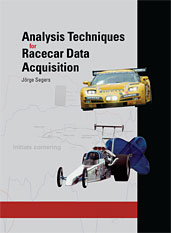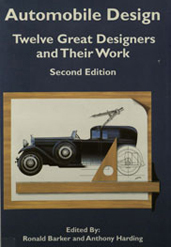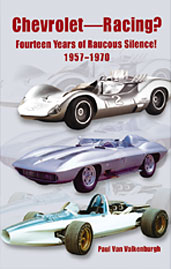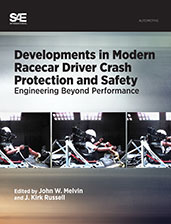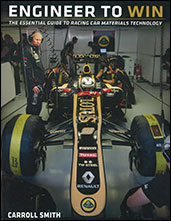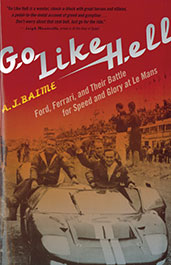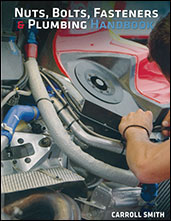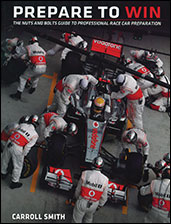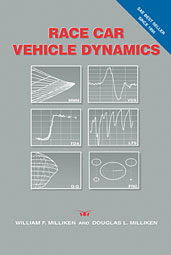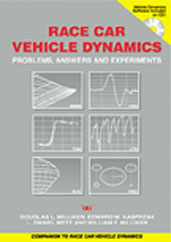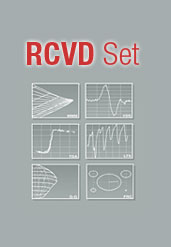Book

Aerodynamics of Road Vehicles, Fifth Edition
2015-12-30
The detailed presentation of fundamental aerodynamics principles that influence and improve vehicle design have made Aerodynamics of Road Vehicles the engineer’s “source” for information. This fifth edition features updated and expanded information beyond that which was presented in previous releases. Completely new content covers lateral stability, safety and comfort, wind noise, high performance vehicles, helmets, engine cooling, and computational fluid dynamics.
